Businesses fail for many reasons. However, at the nexus of almost every reason — there was no plan.
Business owners know they need a plan, but 9 times out of 10 don’t have one.
Even for those 10% that do have a plan, most (70%) fail to achieve the strategic changes desired.
As I write my book, Think Big, Take Small Steps, help me see if these numbers are accurate.
I welcome your thoughts on strategic planning.
– Too difficult
– A waste of time
– Too ridged and not agile
– Don’t see the importance
– Takes too much time
– Don’t know how
– …
Your thoughts and engagement are much appreciated!!!
#business #success #incubator #coaching #consultants
#strategicplanning #thinkbig

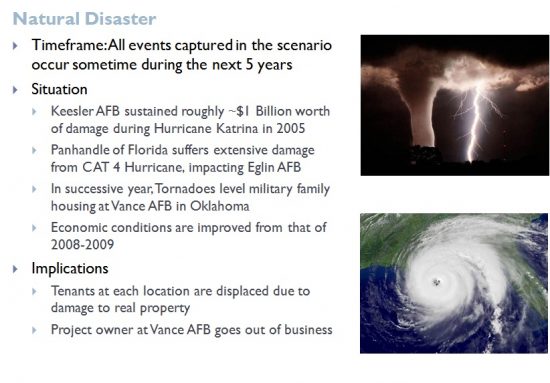
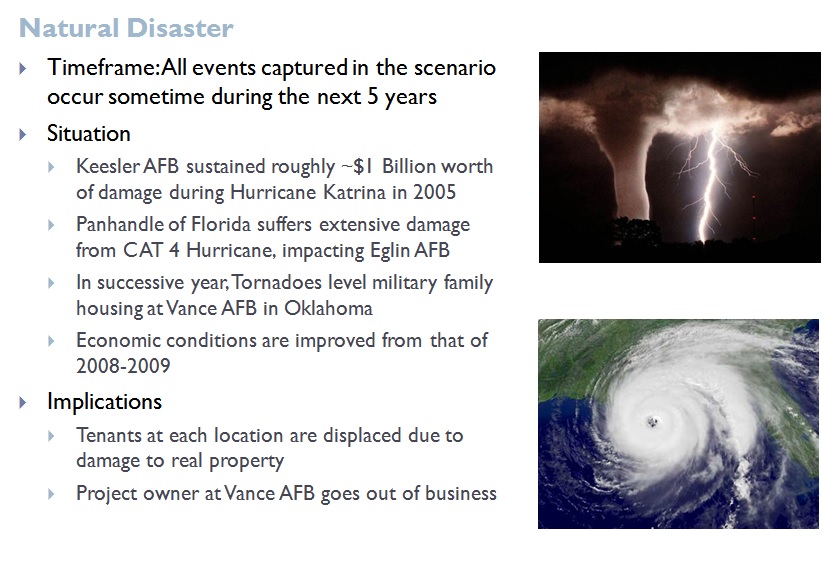


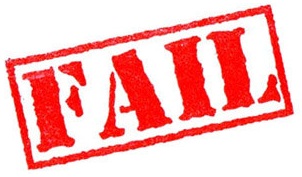
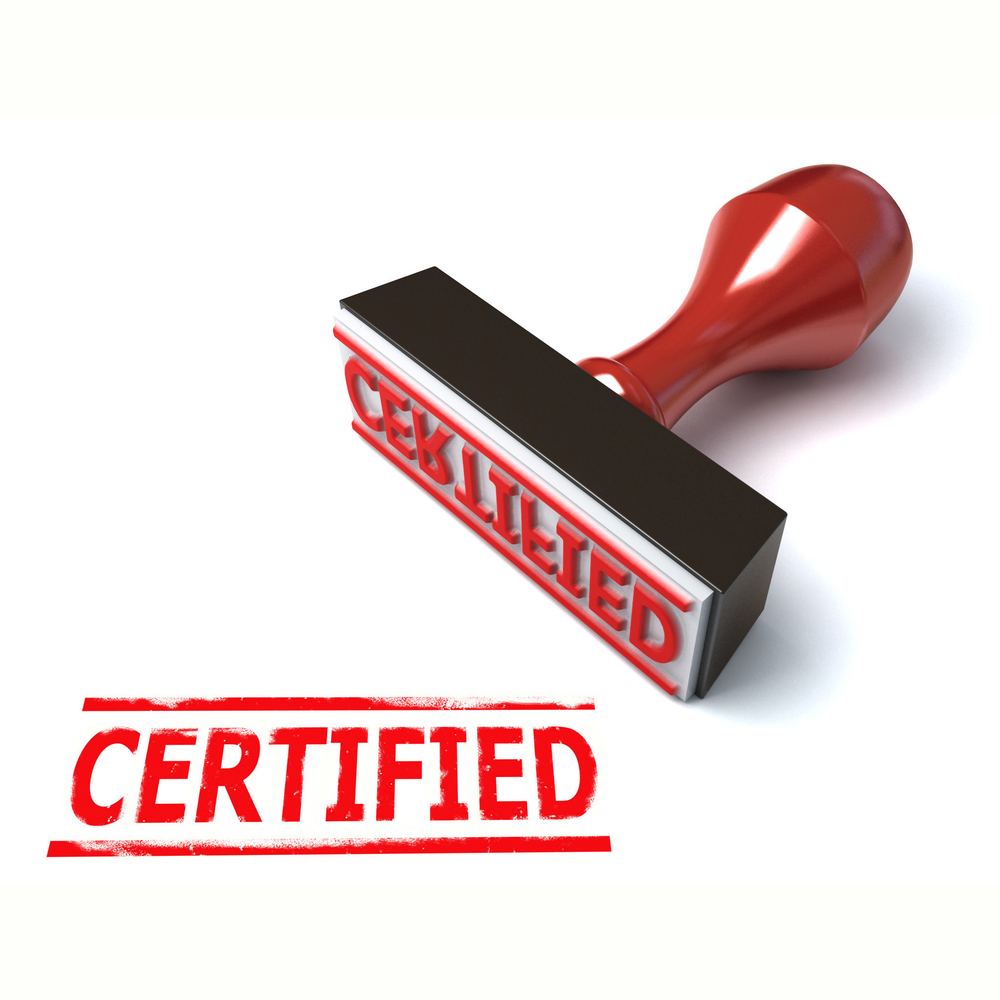

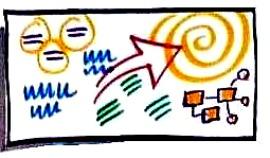




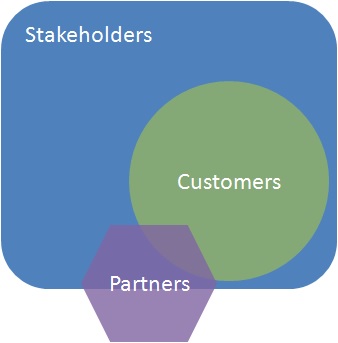


 Strategic planning, as a structured and systematic process, is successful when it is leader-led and overcomes the five reasons 70% of all strategies fail. Learn how to see your plan through to success. The strategic planning process is where leaders of an organization establish the vision of the organization’s future and then develop and implement the actions necessary to achieve that future. This article expands on the strategic planning concepts addressed in
Strategic planning, as a structured and systematic process, is successful when it is leader-led and overcomes the five reasons 70% of all strategies fail. Learn how to see your plan through to success. The strategic planning process is where leaders of an organization establish the vision of the organization’s future and then develop and implement the actions necessary to achieve that future. This article expands on the strategic planning concepts addressed in 
 Strategic planning, as a structured and systematic process, is successful when it is leader-led and overcomes the five reasons 70% of all strategies fail. Learn how to see your plan through to success. The strategic planning process is where leaders of an organization establish the vision of the organization’s future and then develop and implement the actions necessary to achieve that future. This article expands on the strategic planning concepts addressed in
Strategic planning, as a structured and systematic process, is successful when it is leader-led and overcomes the five reasons 70% of all strategies fail. Learn how to see your plan through to success. The strategic planning process is where leaders of an organization establish the vision of the organization’s future and then develop and implement the actions necessary to achieve that future. This article expands on the strategic planning concepts addressed in 

